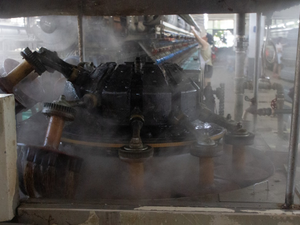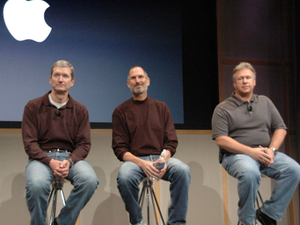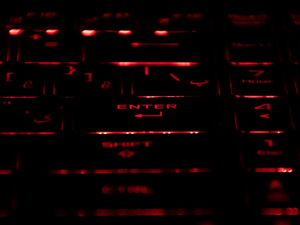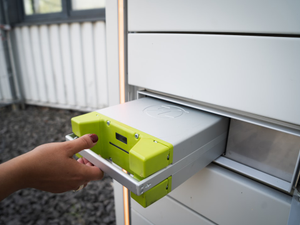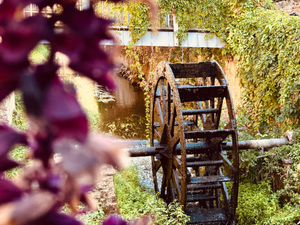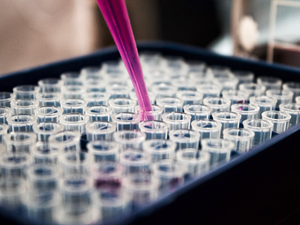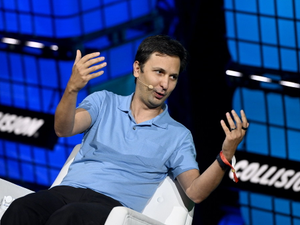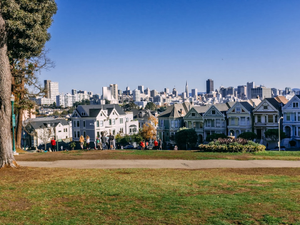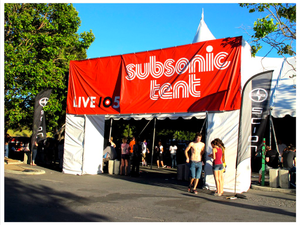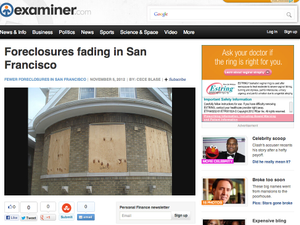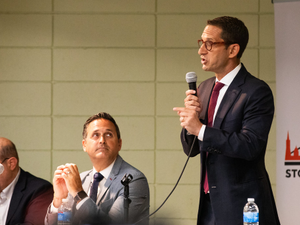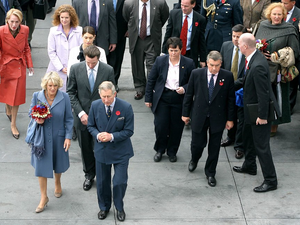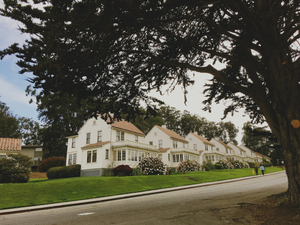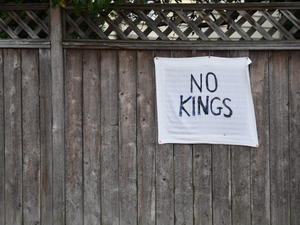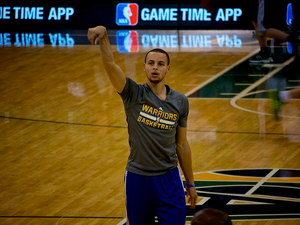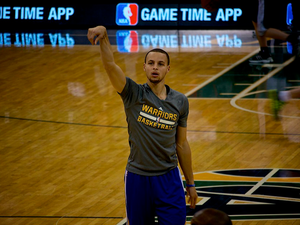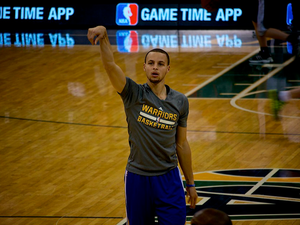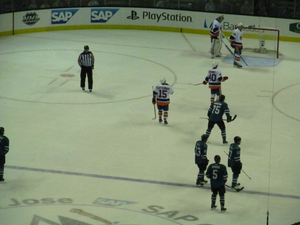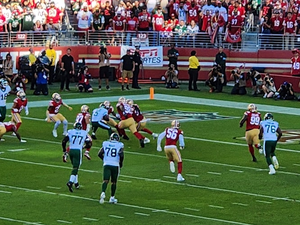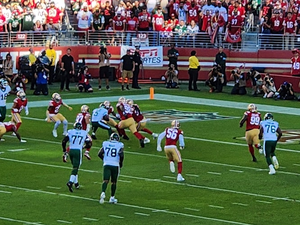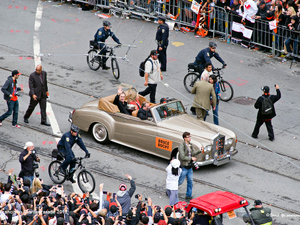Scientists Just Cracked the Nuclear Waste Code and It's Berkeley-level Genius 🧠🔬
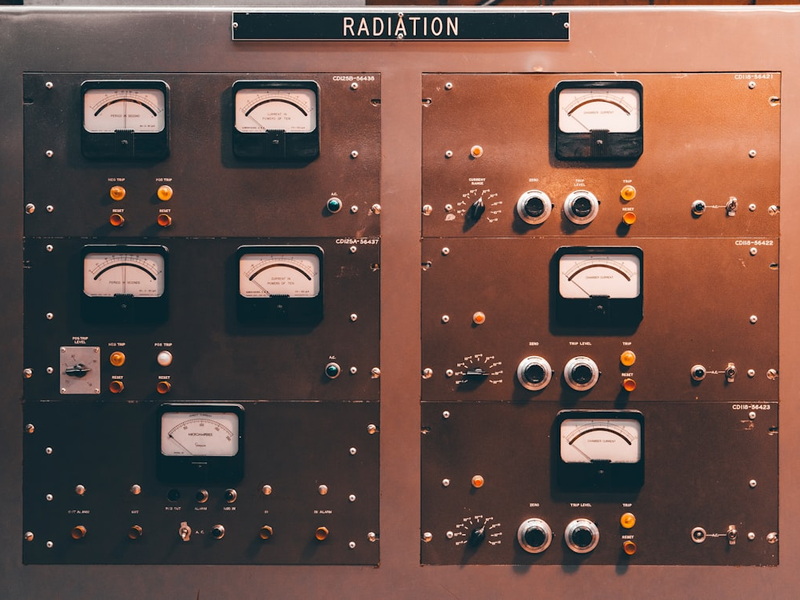
Photo by Dan Meyers on Unsplash
Move over, Manhattan Project – Berkeley Lab just dropped the mic on nuclear waste science. 🎤
In a mind-blowing experiment that sounds like it’s straight out of a sci-fi movie, researchers at Lawrence Berkeley National Laboratory have created a molecular masterpiece called “berkelocene” that could revolutionize how we handle radioactive waste. Picture this: scientists with just 48 hours and a microscopic amount of the ultra-rare element berkelium, working like mad chemists to create something totally unprecedented.
A Sandwich of Science 🥪
These lab heroes didn’t just create any molecule – they crafted a “sandwich” structure where a berkelium atom sits between two carbon rings, looking like the world’s most complicated atomic sub. Post-doc researcher Dominic Russo described watching the solution turn a mysterious dark violet as his “eureka moment” – basically the chemical equivalent of Dorothy landing in Oz.
Why Should You Care? 🌍
Berkeleum, discovered way back in 1949 by UC Berkeley’s nuclear medicine pioneer Glenn Seaborg, is so rare that less than one gram has been produced in the United States. But this new molecule isn’t just a cool lab trick – it could be a game-changer in safely disposing of nuclear waste. No more burying radioactive materials and hoping future generations don’t stumble upon them.
Researcher Polly Arnold put it perfectly: “We’re trying to safeguard all of our civil nuclear waste” – and honestly, we’re here for that big climate hero energy. 💪
AUTHOR: mei
SOURCE: The Mercury News
